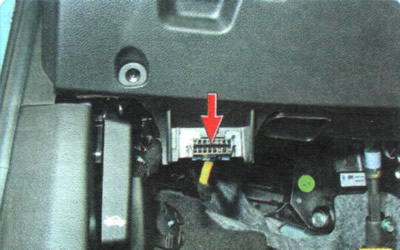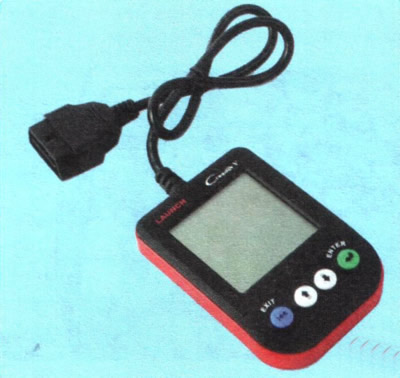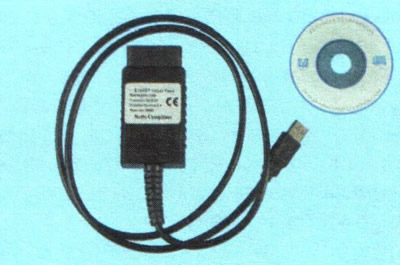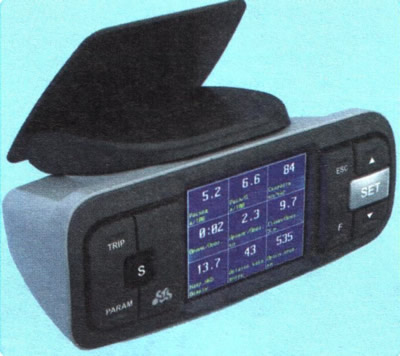
Today the situation has changed: almost all cars sold on the Russian market have an OBD-II/EOBD diagnostic connector. Not only professional diagnostic devices can be connected to this connector, but also the simplest devices for reading fault codes (DTC). There are a lot of such devices on sale, at a price and ease of use they are quite affordable for an ordinary motorist. In order to feel confident on a long trip, it is better to carry one of these devices with you.
NOTE: Major fault codes are defined by the SAE standard and are the same for all vehicle brands (see «Codes of malfunctions of a control system of the engine»). However, the diagnostic connectors of the American OBD-II standard and the European EOBD, although they are the same in shape, differ in the purpose of some pins. Most commercially available diagnostic tools allow you to read codes from any connector, but still, when buying a tool, you must clarify that it is suitable for a Chevrolet Aveo car (OBDII standard).

The most easy-to-use diagnostic devices are mini-scanners (fault code readers). They are placed in a separate housing with a display, which, after connecting the device to the diagnostic connector, can display fault codes and other information about the operation of the engine. As a rule, these devices also allow you to erase the error code from the memory of the electronic engine control unit after the malfunction has been eliminated. To simplify the work in the memory of some models of mini-scanners, a description of all OBD-II / EOBD diagnostic codes is contained.

The second popular group of devices for diagnosing an electronic engine control unit are adapters of various types. Adapters allow you to connect the vehicle's diagnostic connector to a personal computer, tablet computer or smartphone. At the same time, software is installed on a computer or smartphone from the CD that came with the adapter. Moreover, various programs for working with a particular adapter can be found freely available on the Internet. As a rule, the capabilities of diagnostic programs for installation on computers and other mobile devices far exceed the capabilities of mini-scanners. Often they allow not only to determine various engine operation parameters and analyze sensor signals, but also to interfere with the settings of the electronic engine control unit, however, the use of such functions requires special knowledge. It is better for an unprepared motorist to limit himself to reading and erasing fault codes. Currently, wired adapters are being replaced by wireless ones using the Bluetooth protocol. This adapter allows you to read the parameters even when the car is moving.

Many on-board computers also have the ability to read and erase fault codes stored in the memory of the electronic engine control unit. Usually, the on-board computer is installed on the windshield or instrument panel, the computer's wire cable is passed under the instrument panel, and the cable block is connected to the diagnostic connector. In addition to engine operation parameters, information about the trip can be displayed on the on-board computer display: its duration, average and current fuel consumption, etc.
